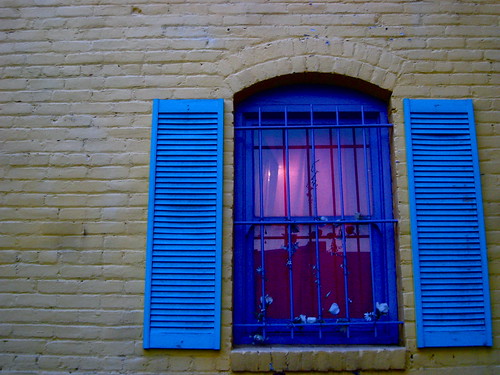Habitat for Humanity comes to Monrovia

I've always loved what Habitat for Humanity stands for, and am happy to report that they are planning a build in Monrovia. Right now they are in the fundraising stage, and can use both monetary and in-kind donations. They are looking for both local volunteers and four worthy families to receive homes.
For more information about how you can be involved, visit the San Gabriel Valley Habitat for Humanity website, or if you are a women and would like to join the Women's Build, stop by the Monrovia Women's Build website.

